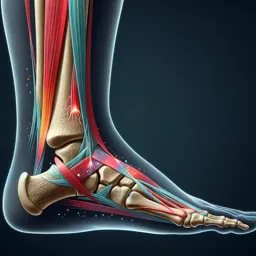Introduction
Physiotherapy plays a crucial role in managing pain, helping individuals achieve a better quality of life while recovering from injuries or dealing with chronic conditions. Through techniques like exercises, manual therapy, and education, physiotherapists assist patients in alleviating pain and improving mobility.
How Physiotherapy Eases Pain
A physiotherapist assesses the patient’s condition and customizes a treatment plan to target specific areas of pain. This may include strengthening exercises, stretching routines, and techniques like heat or cold therapy to help reduce inflammation and improve circulation. These methods promote healing and provide relief from discomfort.
Beyond Physical Exercises
While exercises are key, physiotherapy also involves educating patients about posture, body mechanics, and ergonomic practices. By adopting these lifestyle changes, patients can avoid further strain and prevent re-injury. Furthermore, physiotherapists may use manual therapies such as massage to relieve muscle tension and enhance joint function.
The Benefits of Physiotherapy
Patients who undergo physiotherapy often experience reduced pain levels, enhanced physical function, increased strength and flexibility, and improved mental well-being. This holistic approach not only aids in physical rehabilitation but also empowers patients with knowledge to manage their conditions independently.
Accessing Physiotherapy Knowledge Online
With the advent of technology, accessing physiotherapy resources has become more convenient. Online video lessons and free classes provide valuable insights and self-help techniques that individuals can incorporate into their routines. This online content serves as an excellent supplement to in-person sessions or as a standalone resource for those seeking general knowledge.
Conclusion
Physiotherapy is a multifaceted discipline essential for effective pain management and rehabilitation. Through personalized therapy plans and patient education, physiotherapy serves as a cornerstone for those pursuing a higher quality of life by alleviating pain and enhancing mobility.
































